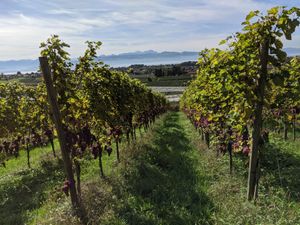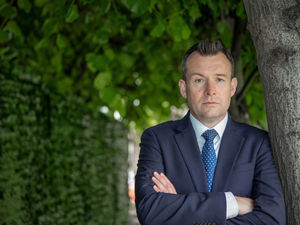Bronze Age immigration to Orkney ‘mostly women’, scientists discover
A DNA study of ancient remains on Orkney revealed that most Bronze Age immigrants were women, leaving the islands with a unique male genetic line.
Orkney experienced mass immigration during the dawn of the Bronze Age that was led mostly by women, new scientific research suggests.
Genetic studies of ancient DNA from human remains found on the islands off the north coast of Scotland show an influx of predominantly women as Europe moved into the Bronze Age approximately 4,500 years ago.
Researchers say the new evidence, compiled by Edinburgh and Huddersfield universities, contradicts previous assumptions that Orkney was a relatively insular community after the Neolithic period.
But while most resettlements across Europe were typically led by men as livestock farming expanded, the opposite was the case in Orkney.
Bronze Age newcomers were mainly women, with survival in Orkney of male lineages from the original Neolithic population for at least another thousand years – a unique phenomenon that scientists have not seen anywhere else.
Archaeological and genetic researchers studied human remains from the Links of Noltland site on the remote northern island of Westray and have concluded that Orkney experienced large-scale immigration during the early Bronze Age period.
They believe new arrivals were probably the first visitors to Orkney speaking Indo-European languages and they carried genetic ancestry derived in part from livestock farmers living on the steppe lands north of the Black Sea.
Jim Wilson, professor of human genetics at the University of Edinburgh’s Usher Institute, said: “It’s absolutely fascinating to discover that the dominant Orcadian Neolithic male genetic lineage persisted at least 1,000 years into the Bronze Age, despite replacement of 95% of the rest of the genome by immigrating women.
“This lineage was then itself replaced and we have yet to find it in today’s population.”

Dr Graeme Wilson and Hazel Moore of the Orkney-based Ease (Environment and Archaeology Services Edinburgh) Archaeology, who excavated the Links of Noltland, suggest that the long-term stability and self-sufficiency of farmsteads on Orkney, which the genetic data suggests may have already been dominated by men at the peak of the Neolithic era, made the island less susceptible to the arrival of outsiders.
Dr George Foody, one of the lead researchers on the project from the University of Huddersfield, said: “This shows that the third-millennium BC expansion across Europe was not a monolithic process but was more complex and varied from place to place.”
The director of the university’s evolutionary genomics research centre, Professor Martin Richards, added: “This research shows how much we still have to learn about one of the most momentous events in European prehistory – how the Neolithic came to an end.”
The research was published in the Proceedings of the National Academy of Sciences.





